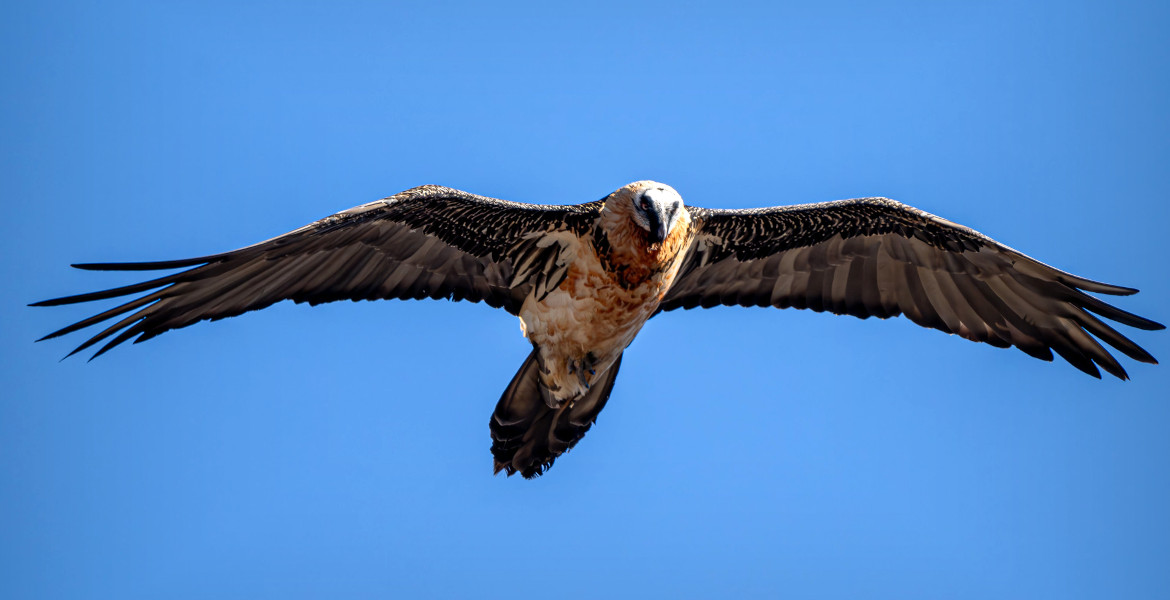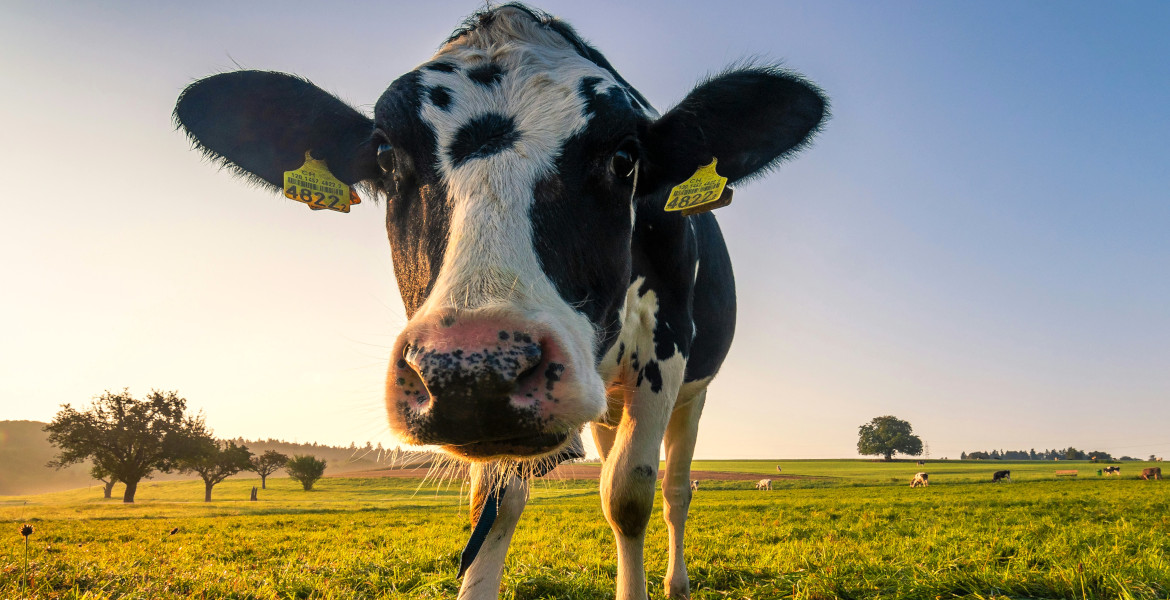Researchers have discovered hundreds of years old human artifacts in vulture nests – including shoes, crossbow arrows, and a spear.
Many bird species have a habit of collecting various artificial objects, such as plastic pieces, strings, or debris, to bring to their nests. Often this is about building nests and these materials are simply readily available to the birds.
Bowerbirds (Ptilonorhynchidae), found primarily in Australia and New Guinea, also have a habit of decorating their homes with advanced methods to impress females. They build structures and collect colorful items such as shells, flowers, stones, and also plastic objects.
Larger birds such as eagles, falcons, and vultures also collect items for their nests, but something unique to many of these bird species is that the same nest can be reused for generations if it's in a good location. In this way, birds continue to use the same nest, and thus also fill them, for centuries.
Reused for Hundreds of Years
The bearded vulture (Gypaetus barbatus) is a bird species that lives in mountainous areas in Asia, Africa, and southern Europe, and this behavior of reusing nests has been documented in this species.
The endangered species often builds nests in cliff caves, mountain cliffs, or on ledges, and many of these regions are often dry, especially in European mountain ranges where the species frequently resides. Particularly in cave-like structures, conditions can become ideal for long-term preservation, and researchers have now examined this more closely.
Researchers in Spain examined twelve abandoned bearded vulture nests in an area in southern Spain where the species became extinct 70–130 years ago. In total, they found 226 human-made objects in the nest layers.
Natural Museums
Among other things, they found a slingshot, shoes, a crossbow arrow, a spear, a decorated sheepskin, and fragments of a basket that the bearded vultures used as material to build their nests. Many of the objects were made from esparto grass, a traditional fiber plant used in the Mediterranean region for thousands of years. What surprised the researchers was the age of the objects – many of them were hundreds of years old.
One shoe was dated to be 675 years old and the sheepskin was 650 years old. The basket piece was younger and dated to 150 years old. The objects were also in surprisingly good condition.
"Thanks to the solidity of Bearded Vulture nest structures and their locations in the western Mediterranean, generally in protected places such as caves and rock shelters with relatively stable temperature and low humidity conditions, they have acted as natural museums, conserving historical material in good condition", the researchers write in the study published in the journal Ecology.
Time Capsules
In addition to the artificial objects, researchers also found 2,117 bones, 86 hooves, 72 leather remains, 11 hair remains, and 43 eggshells. Bearded vultures actively collect bones and objects for their nests, and these findings provide interesting information about the species' diet since medieval times, as well as about wild animal populations and human-animal interactions in the area.
The eggshells also enable further studies on environmental toxins and pesticides and whether there may be any connection to why the species became extinct in the area. The hope is also that the objects can be used to provide important information regarding reintroduction of the species.
The study shows how old nests can function as time capsules that preserve both natural history and cultural history information. The findings provide not only insights into the bearded vulture's past, but also about people's lives in these mountain areas hundreds of years ago.





